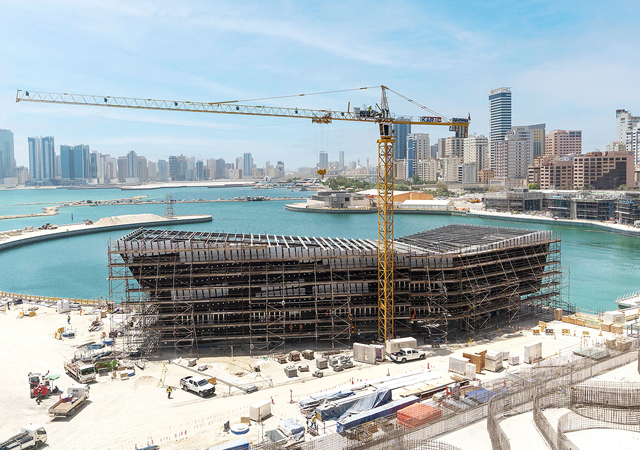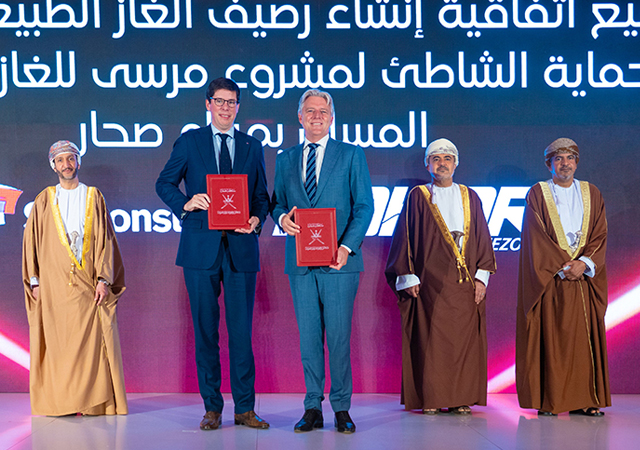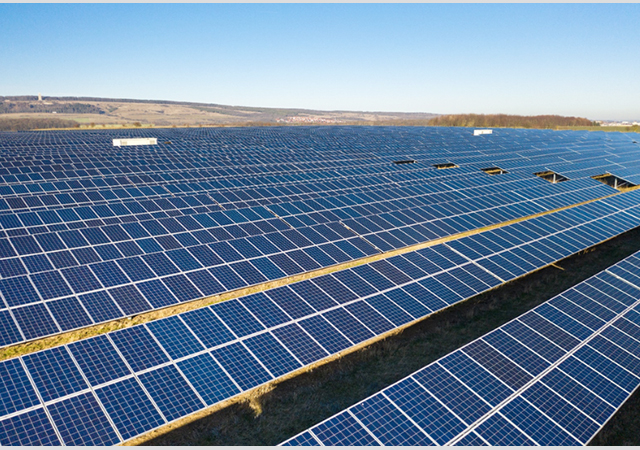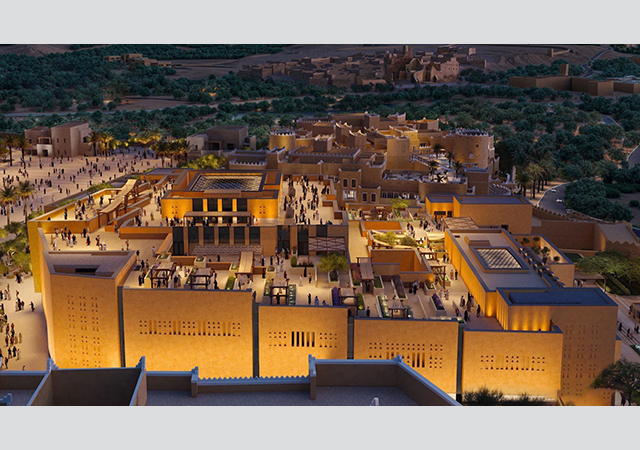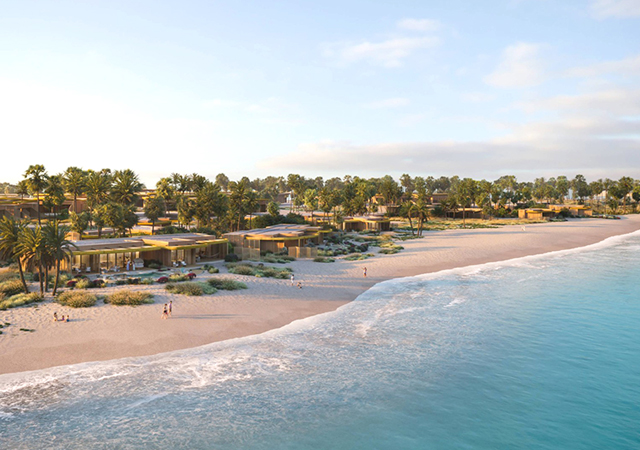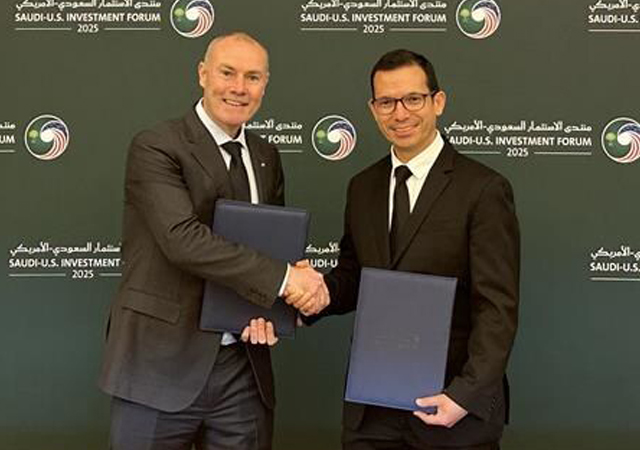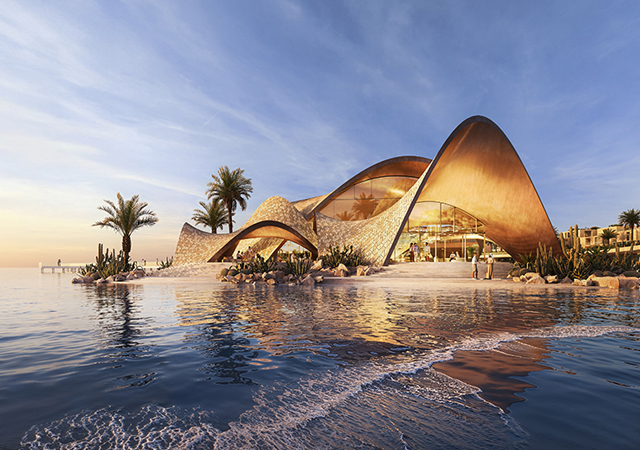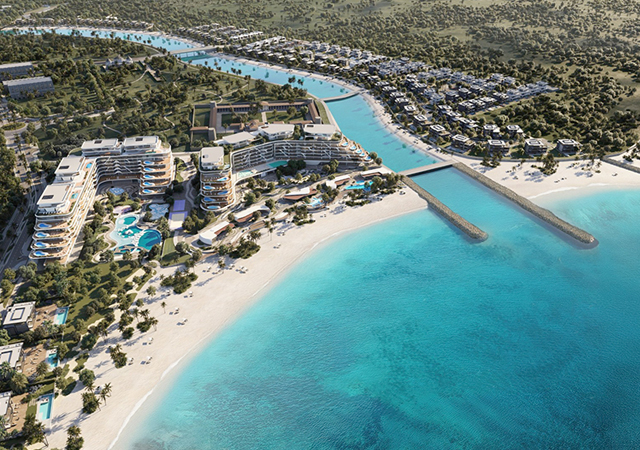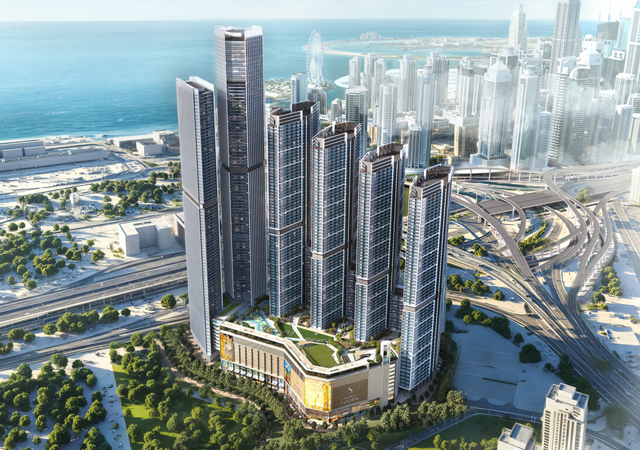
 Sandvik DX700 top-hammer crawler drill rig.
Sandvik DX700 top-hammer crawler drill rig.
QATAR National Cement Company (QNCC) turned to Sandvik equipment to help boost productivity at its limestone quarry, which is the largest of its kind in Qatar.
Following nine months of successful operation, the company reports that its first Sandvik DX700 top-hammer crawler drill rig with Sandvik drill bits, rods and shank adapters used to bore to depths of 75 ft (22 m) at the quarry, have been providing reliable and productive performance.
QNNC, Qatar’s prime cement producing company, is a major producer of ordinary Portland cement, sulphate-resistant cement, hydrated lime, calcined lime and washed sand. The limestone is extracted from the Umm Bab region, on the west coast some 80 km from Doha, and this is also where QNCC’s manufacturing plants are located.
The company’s most recent quarry was opened seven years ago, says QNCC’s Ahmed El Khazien. “To improve our productivity, we decided to invest in the Sandvik machine, which is proving to be very satisfactory and our drilling and production has been greatly improved,” he says, adding that the company’s total output is five million tonnes per year.
Given the recent uptrend in the construction market, QNCC has been focusing on boosting its performance. “We are now looking at a lengthy period of high demand with many new projects under way and upcoming, so we needed a high-productivity machine that is also reliable,” he says.
He adds that the main drilling at this quarry is carried out with one rig, “so it is always important that we can have confidence in the equipment”.
 |
|
Sandvik 89-mm RT300 Uniface Retrac drill bits. |
The DX700 is a hydraulic, self-propelled, self-contained and crawler-based surface rig that has a standard drilling coverage of 17.6 sq m. It uses a Rock Pilot drilling control system that ensures maximum penetration and rock tools service life as well as straight holes.
The rig, drill bits and other equipment were supplied by Sandvik’s distributor in Qatar, Q-Fab, which also has a maintenance contract with QNCC to keep the machine in service and repair.
Q-Fab has been Sandvik’s distributor for Qatar since 2008 and it was Butch Villanes, product manager for Q-Fab’s mining technology department, who had initiated discussions with QNCC. The DX700 was commissioned by an engineer from Sandvik’s regional office in Dubai.
“We went onto the site and showed QNCC how the specification of the DX700 could improve performance, and demonstrated the reliability and cost-effectiveness of using Sandvik’s own drill bits. The company finally decided in December 2010 to invest in the DX700.” says Villanes.
Training was provided at the same time for Q-Fab’s service engineers and three QNCC operators who operate the rig in shifts.
Sandvik’s service agreement for the DX700 covers both 250-hour servicing and breakdown and repair services, both of which are carried out by Q-Fab engineers from Doha. QNCC staff carries out routine maintenance.
El Khazien says that the blasting is carried out every day except Fridays and Saturdays, with the explosives being brought in by road from a Ministry of Interior arms/explosives division depot, 85 km from Umm Bab.
“We are using the Sandvik rig to drill 3.5-inch holes down to the depth of the quarry floor, which is between 72 and 75 ft (22 m) below the surface,” he says. “There is no need for us to drill in benches. The limestone is medium grade all the way down, with no real variations. The drilling operation is therefore routine, carried out on flat ground, and the combination of rig and bit is, I think very suitable for these conditions.”
The drilling pattern is 3.5 m burden and 4 m spacing. “This pattern and the use of delay detonators, minimises the vibration and disturbance to equipment in the manufacturing plant and the nearby offices beyond the blasting face,” says El Khazien.
He continues: “The blasting is designed to produce rock fragments of between 0.8 and 1 m, which are the size required by the crusher.”
At the QNCC quarry, the DX700 is using Sandvik 89-mm RT300 Uniface Retrac drill bits – a newly-launched range of threaded button bits that use one super grade of cemented carbide throughout and a universal face design. The user needs only to select the best button shape – spherical or ballistic – and open skirt design, regular or retrac, to obtain the best bit for the rock formation; and keep blastholes clean during drilling, minimising re-crushing and ensuring longer service life, he says.
“We did an analysis of the soil on the site, and decided that spherical bits were the most suitable,” says Villanes.
“QNCC’s policy is to use only new bits and not to sharpen them. So we are in a position to supply any required number of drill bits as and when required, supplied directly from our warehouse in Doha,” he adds.
The DX700 is using 12 ft lengths of T51 drill rods and a T51 shank adapter. This is the optimal rod size for the 89-mm drill bits that are used in this quarry.
“MF rods are ideal for mechanised rod handling as they have no separate coupling sleeve. MF joints are tighter and more rigid than rod and coupling and also transmit more energy into the drill bit, giving both higher penetration rates and straighter holes,” he adds.
According to Romeo, one of the operators, there are no obstructions and the drill bits have been going straight through the limestone without any impediment. “We started off slowly so that everyone got used to using the machine. However, we were soon able to get up to a good rate of productivity, and are now able to drill 10 holes in around five hours,” he says.
“In over a year, we have had no breakdowns, and the DX700 is proving very reliable and productive,” concludes El Khazien.




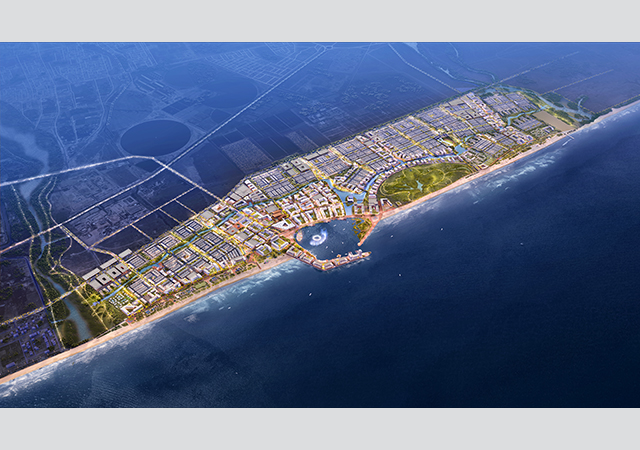



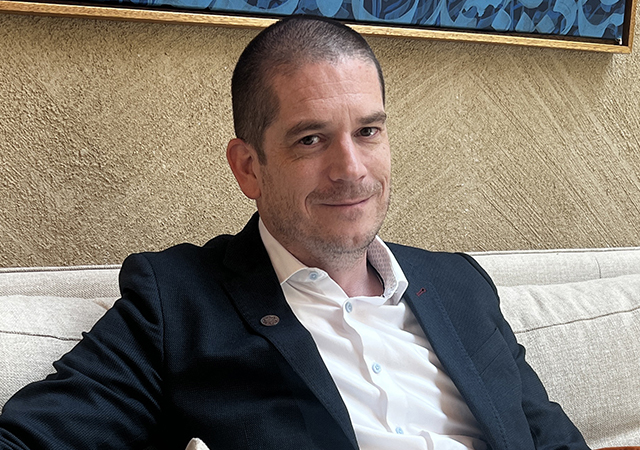

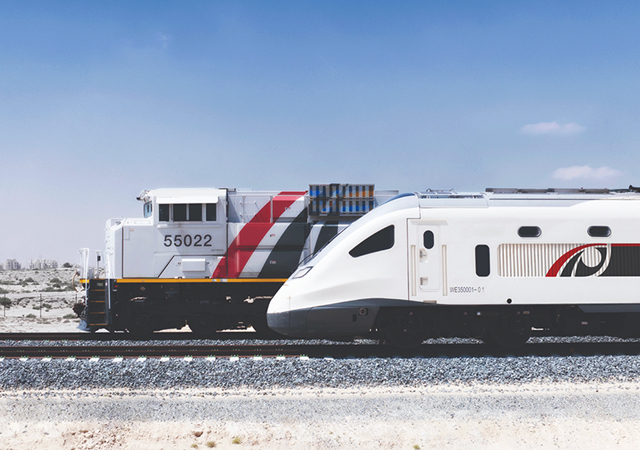
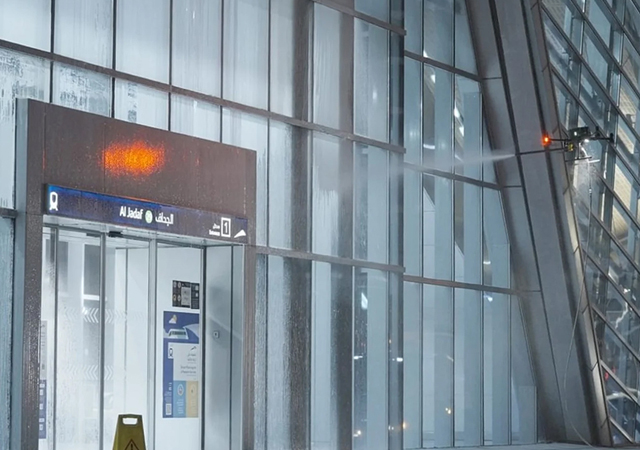
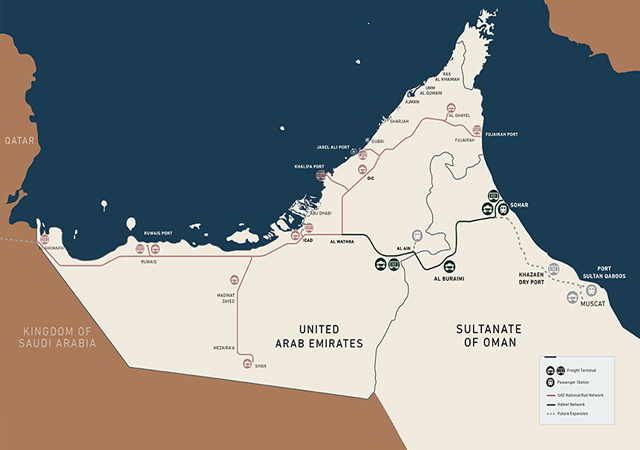
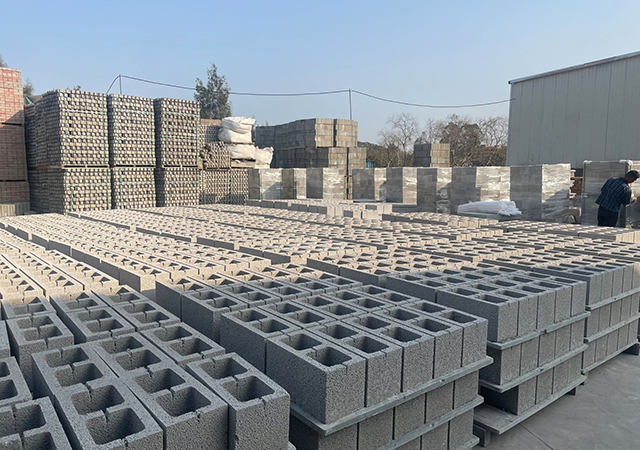


.jpg)
.jpg)
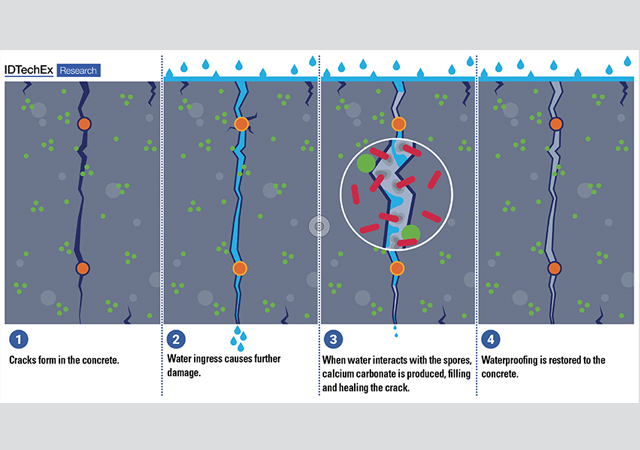
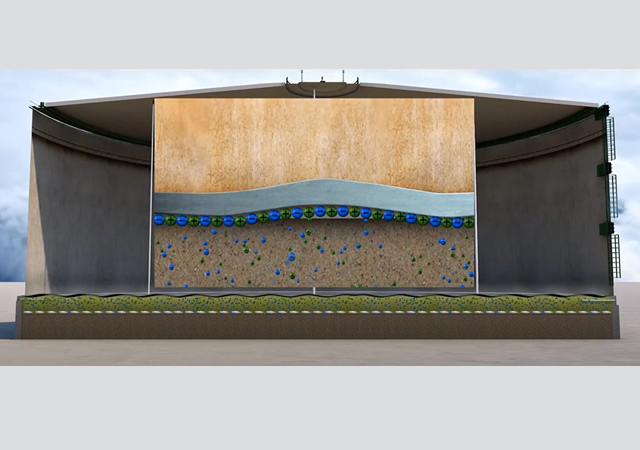
.jpg)
.jpg)
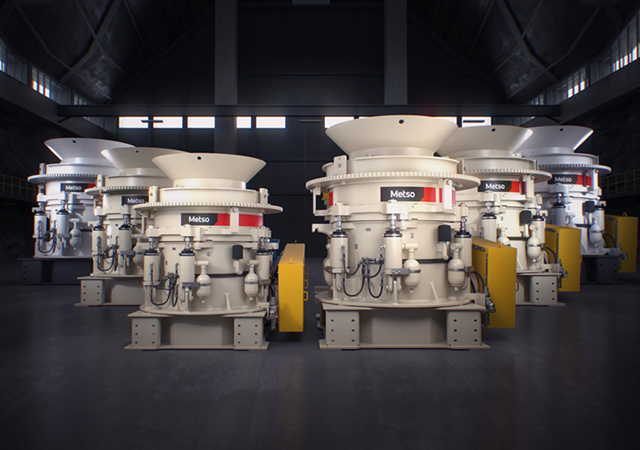
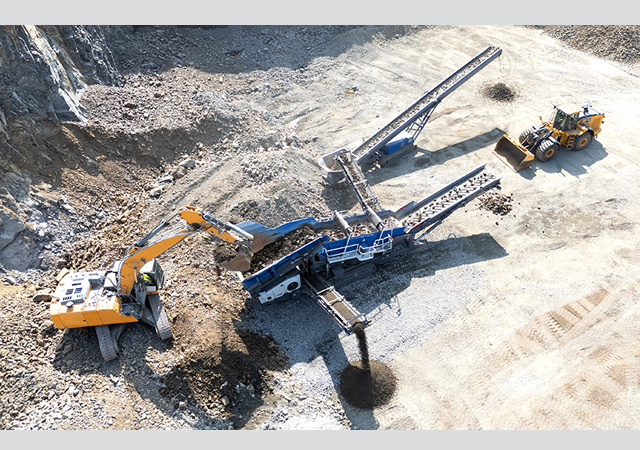
.jpg)
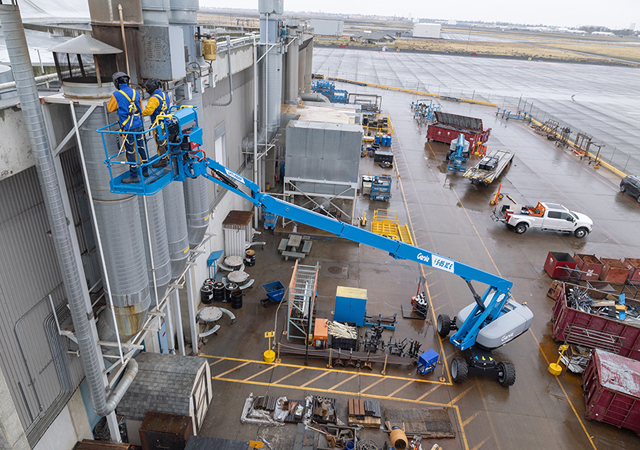

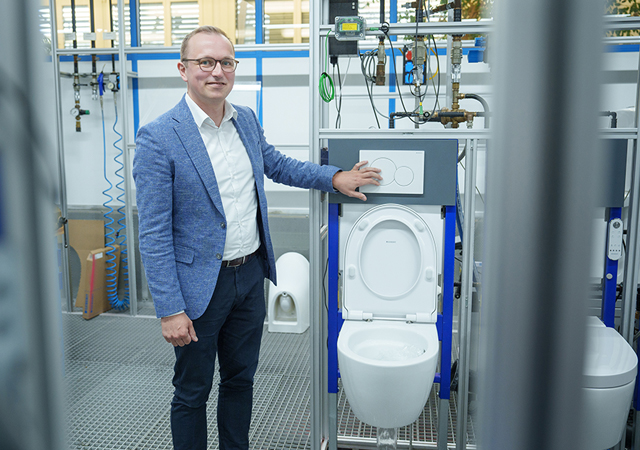

 Doka.jpg)



